Results
-
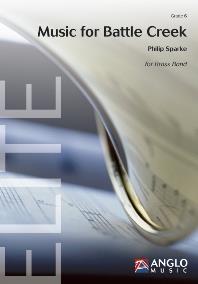 £18.50
£18.50Music for Battle Creek (Brass Band - Study Score) - Sparke, Philip
Duration: 14.45
Estimated dispatch 7-14 working days
-
 £42.50
£42.50Music for Battle Creek (Brass Band - Score only) - Sparke, Philip
Duration: 14.45
Estimated dispatch 7-14 working days
-
 £168.50
£168.50Music for Battle Creek (Brass Band - Score and Parts) - Sparke, Philip
Duration: 14.45
Estimated dispatch 7-14 working days
-
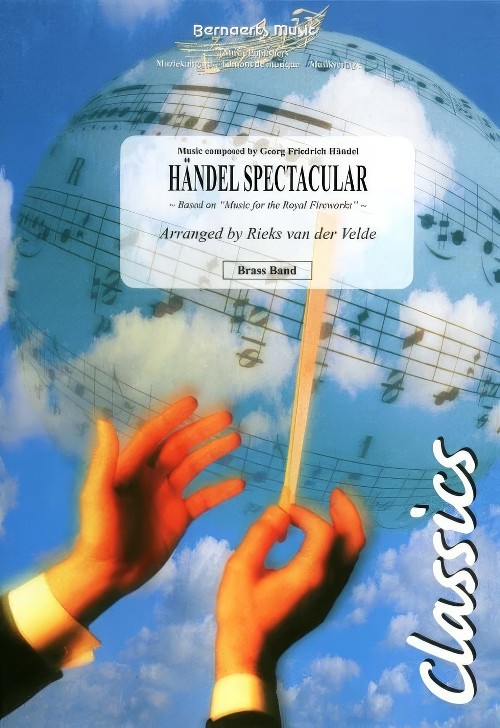 £56.99
£56.99Handel Spectacular (Brass Band - Score and Parts) - Handel & Tchaikovsky - Velde, Rieks van der
Based on "Music for the Royal Fireworks". Duration: 05:30
Estimated dispatch 7-14 working days
-
 £60.99
£60.99The Lost World (Brass Band - Score and Parts) - Williams, John - Woude, Klaas van der
This film was the follow-up to Jurassic Park and the music was composed by the peerless John Williams, the king of film music. Klaus van der Woude has arranged the signature tune to the Lost World for brass band.Duration: 3:30
Estimated dispatch 7-14 working days
-
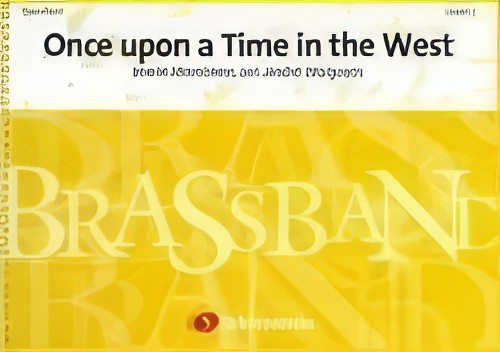 £54.99
£54.99Once Upon a Time in the West (Brass Band - Score and Parts) - Morricone, Ennio - Waignein, Andre
The Italian composer Ennio Morricone is now established as one if the masters in the art of music for films. This excellent arrangement from the film of the same name will be an undoubtedly success at your next concert.Duration: 4:15
Estimated dispatch 7-14 working days
-
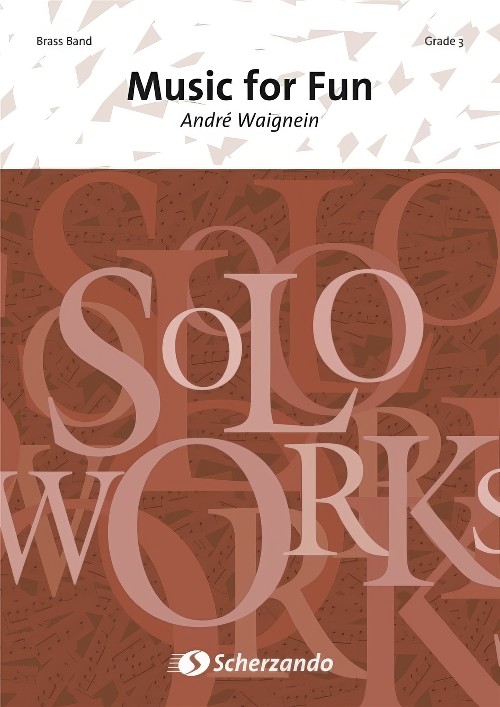 £76.99
£76.99Music for Fun (Cornet Solo with Brass Band - Score and Parts) - Waignein, Andre
Duration: 7.30
Estimated dispatch 7-14 working days
-
 £60.99
£60.99Music for Fun (Brass Band - Score and Parts) - Schoonenbeek, Kees
Duration: 5.15
Estimated dispatch 7-14 working days
-
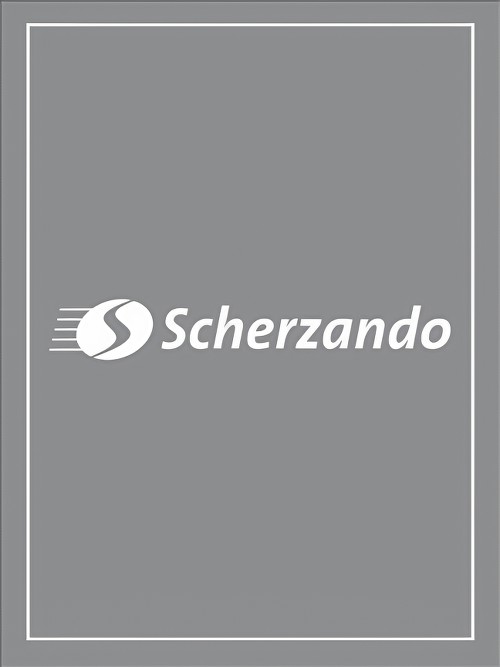 £60.99
£60.99Music for Drums (Percussion Feature with Brass Band - Score and Parts) - Gistel, Luc
Duration: 5.15
Estimated dispatch 7-14 working days
-
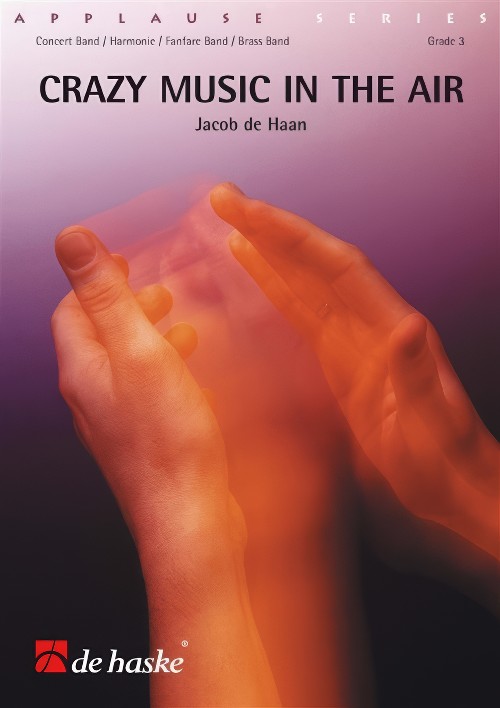 £60.99
£60.99Crazy Music in the Air (Brass Band - Score and Parts) - De Haan, Jacob
This composition in two parts is one of the first successful works Jacob de Haan published for brass band. Somewhat under the influence of Ted Huggen's Choral and Rock Out which was an overwhelming success at the time, the still very young Jacob de Haan wrote this composition. The first part (Air) exists of a choral melody with baroque grace notes, supported by a pop rhythm in the drums. The second part (Crazy Music) is a swinging bossa nova, in which various instrument groups present themselves in the continuously varying themes. The famous Black Dycke Mills Band contributed to the success of Crazy Music in the Air by regularly putting the piece on its tour programmes.Duration: 4:45
Estimated dispatch 7-14 working days
